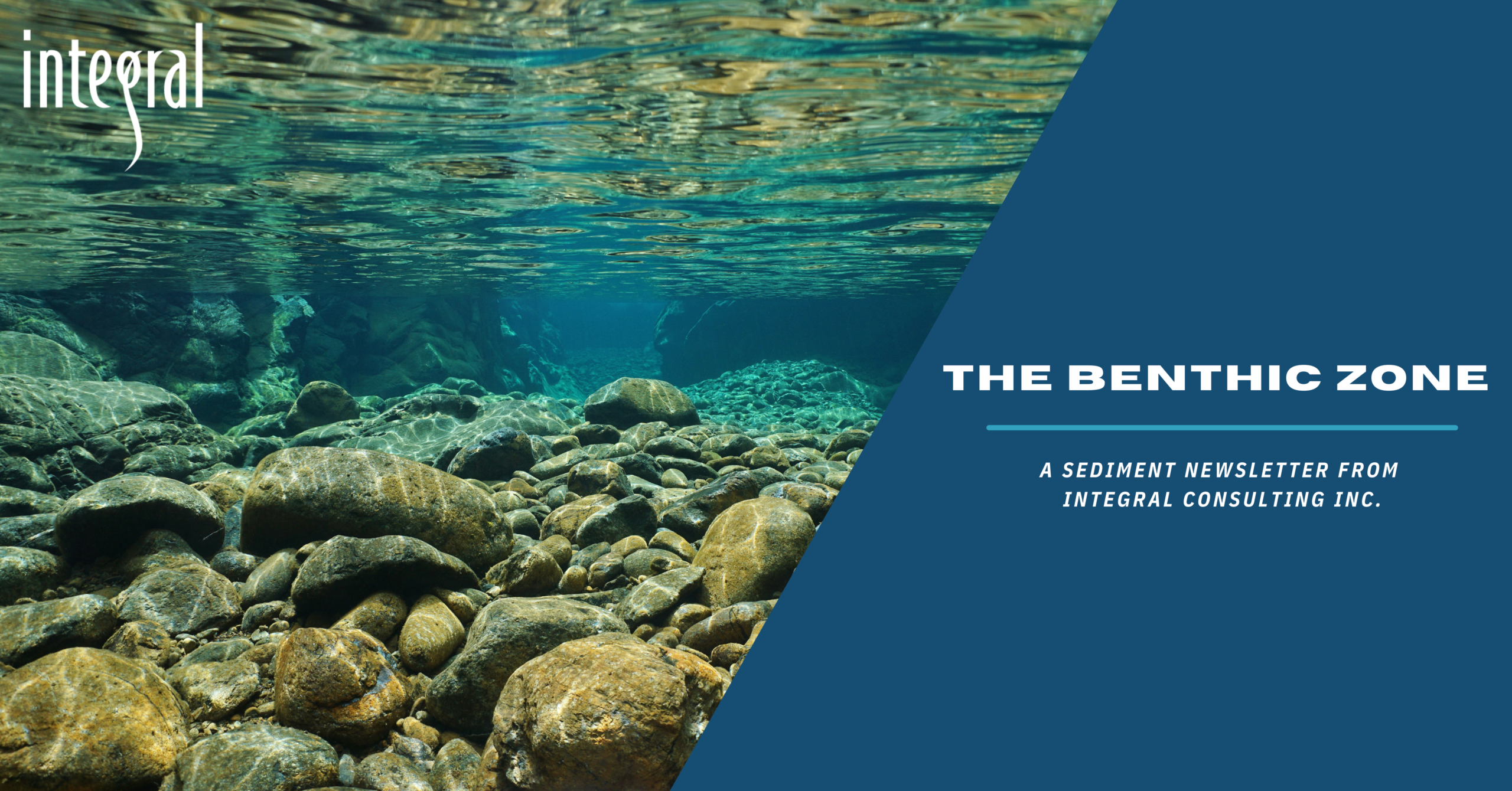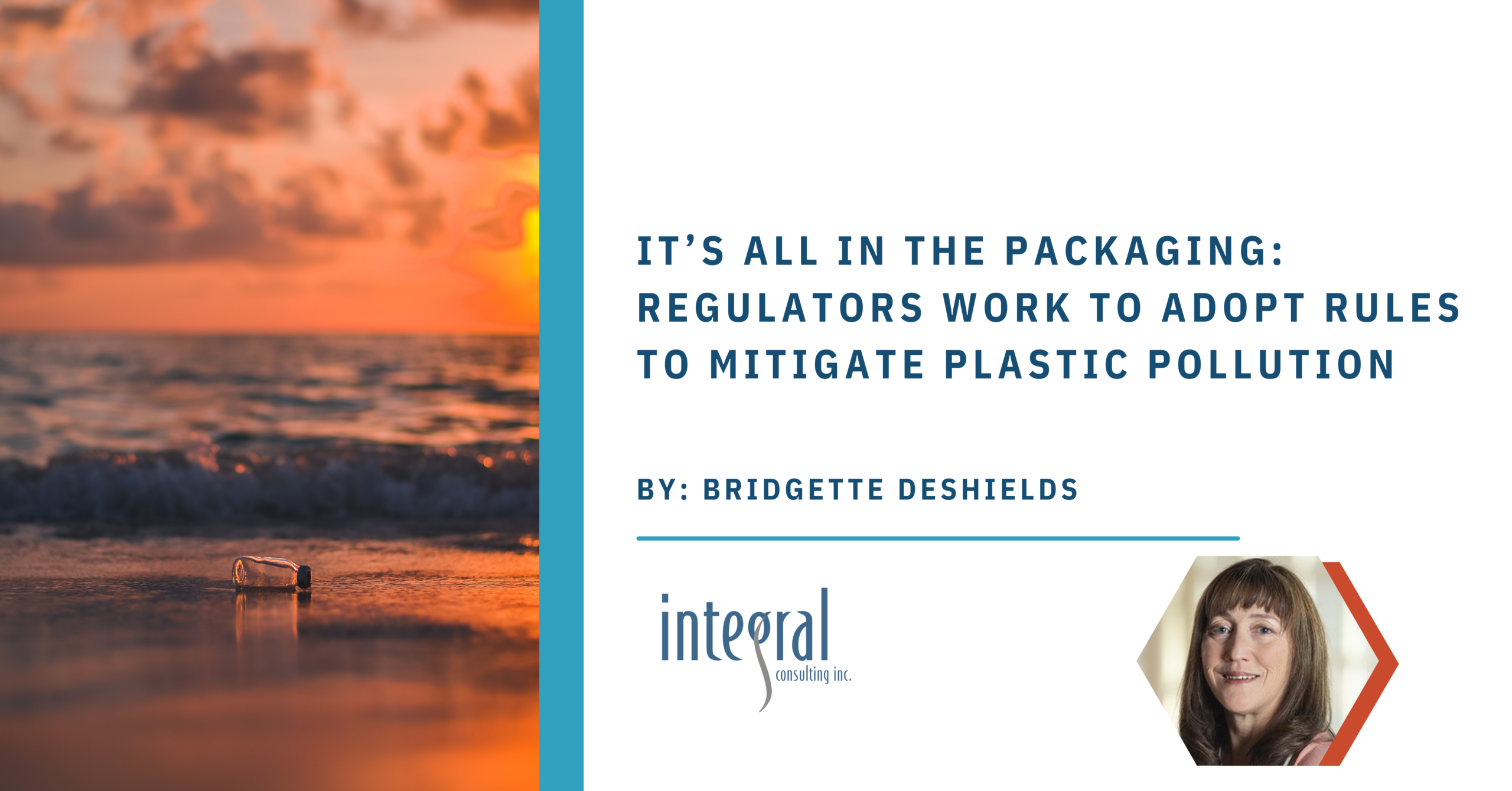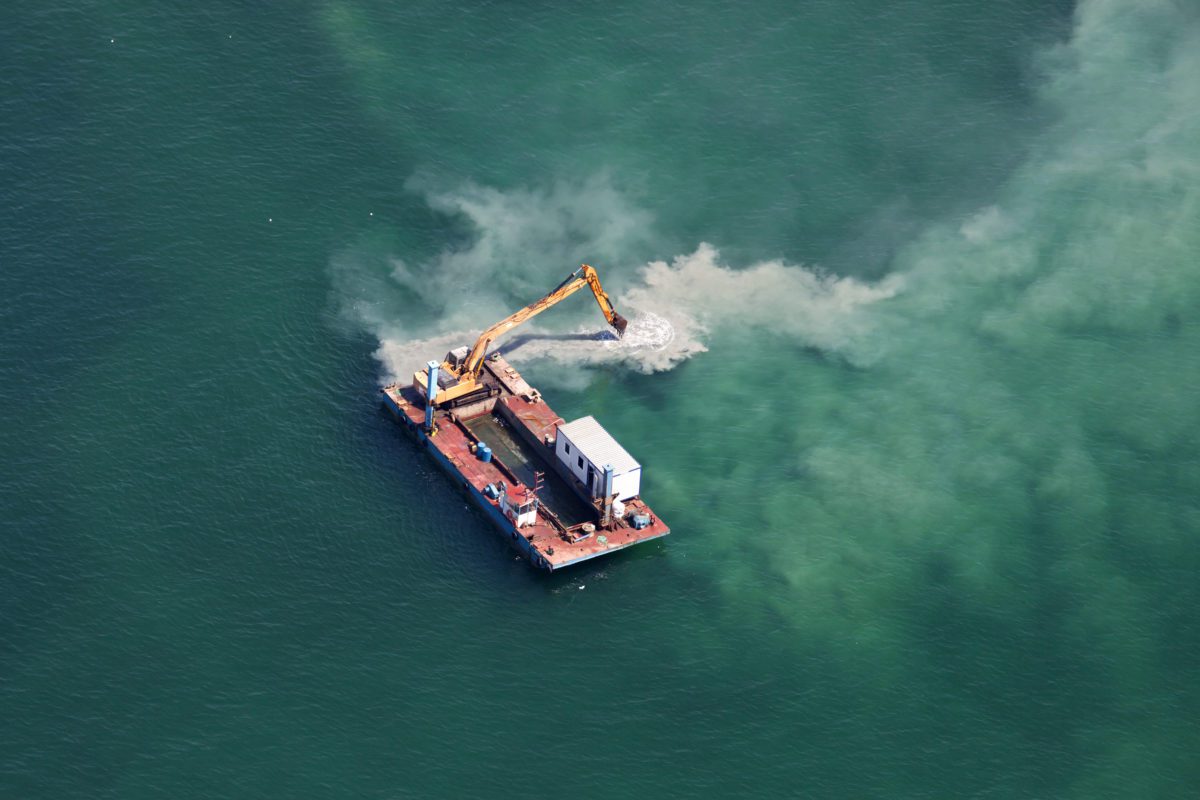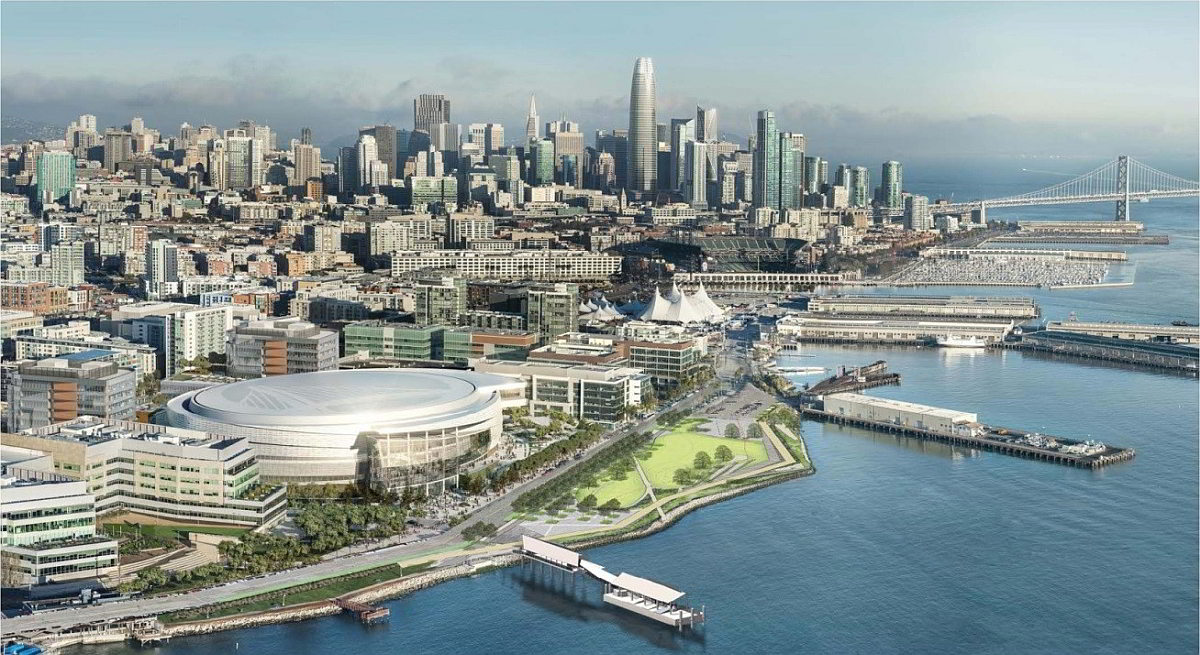
Bridgette R. DeShields
Principal, Technical Director, Permitting and PlanningMs. Bridgette DeShields has more than 35 years of experience and is a specialist in regulatory strategy, site investigation, site remediation, sediment and water quality management, environmental toxicology, and environmental permitting and planning. She has managed programs ranging from large site investigations to screening and quantitative ecological and human health risk assessments. She also designed and participated in dredging program management, field evaluations, bioaccumulation studies, literature reviews, and specially designed study programs. Her work has been focused on sediment assessments and waterfront projects with natural resource components and complex regulatory frameworks. She also has extensive experience in navigating California regulatory and permitting programs. Ms. DeShields also has expertise in prepared environmental documents under the California Environmental Quality Act (CEQA) and National Environmental Policy Act (NEPA).
Ms. DeShields has provided litigation support and expert testimony in the areas of water quality, regulatory compliance, human and ecological risk assessment, waste disposal under California and federal regulations, and Superfund cost allocation. She has developed excellent working relationships with regulatory agency staff, including federal agencies, state agencies in California and Oregon, natural resource trustees and local agencies.
Ms. DeShields represents the interests of the Bay Area refineries on San Francisco Bay water and sediment quality issues as a representative for the Western States Petroleum Association, serving as chair of the Regional Monitoring Program (RMP) Technical Review Committee since January 2000. She has taught courses on risk assessment, sediment assessment and remediation, and TSCA compliance.
M.S., Environmental Management, University of San Francisco, San Francisco, California, 1998
B.S., Biochemistry, University of California, Davis, California, 1986
Hazardous Waste Operations and Emergency Response 40-Hour Certification (1994; refreshers 1995–present)
Loss Prevention System
Certified Project Manager
Society for Environmental Toxicology and Chemistry
Bay Planning Coalition
Western Dredging Association
Bridgette R. DeShields Principal, Technical Director, Permitting and Planning
Ms. Bridgette DeShields has more than 35 years of experience and is a specialist in regulatory strategy, site investigation, site remediation, sediment and water quality management, environmental toxicology, and environmental permitting and planning. She has managed programs ranging from large site investigations to screening and quantitative ecological and human health risk assessments. She also designed and participated in dredging program management, field evaluations, bioaccumulation studies, literature reviews, and specially designed study programs. Her work has been focused on sediment assessments and waterfront projects with natural resource components and complex regulatory...
Ms. Bridgette DeShields has more than 35 years of experience and is a specialist in regulatory strategy, site investigation, site remediation, sediment and water quality management, environmental toxicology, and environmental permitting and planning. She has managed programs ranging from large site investigations to screening and quantitative ecological and human health risk assessments. She also designed and participated in dredging program management, field evaluations, bioaccumulation studies, literature reviews, and specially designed study programs. Her work has been focused on sediment assessments and waterfront projects with natural resource components and complex regulatory frameworks. She also has extensive experience in navigating California regulatory and permitting programs. Ms. DeShields also has expertise in prepared environmental documents under the California Environmental Quality Act (CEQA) and National Environmental Policy Act (NEPA).
Ms. DeShields has provided litigation support and expert testimony in the areas of water quality, regulatory compliance, human and ecological risk assessment, waste disposal under California and federal regulations, and Superfund cost allocation. She has developed excellent working relationships with regulatory agency staff, including federal agencies, state agencies in California and Oregon, natural resource trustees and local agencies.
Ms. DeShields represents the interests of the Bay Area refineries on San Francisco Bay water and sediment quality issues as a representative for the Western States Petroleum Association, serving as chair of the Regional Monitoring Program (RMP) Technical Review Committee since January 2000. She has taught courses on risk assessment, sediment assessment and remediation, and TSCA compliance.

The Intersection of Risk Assessment, Risk Communication, and Environmental Justice
Resource
January 04 2023
It’s All in the Packaging: Regulators Work to Adopt Rules to Mitigate Plastic Pollution
Resource
June 28 2022
Integral Consulting Expands and Relocates Its Office in Santa Rosa, California
Press Release
July 01 2021
Integral Presents on Bioremediation, PFAS, Vapor Intrusion, and 3D Modeling at AEHS Conference
Press Release
March 18 2021
- Water Management
- Sediment Investigation
- Remedial Design
- Feasibility Studies
- Site Investigation
- Planning and Permitting
- Human Health Risk Assessment
- Ecological Risk Assessment
- Vapor Intrusion
- Litigation Support



